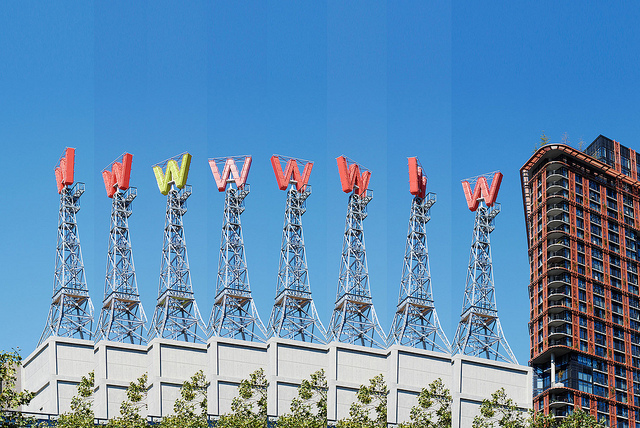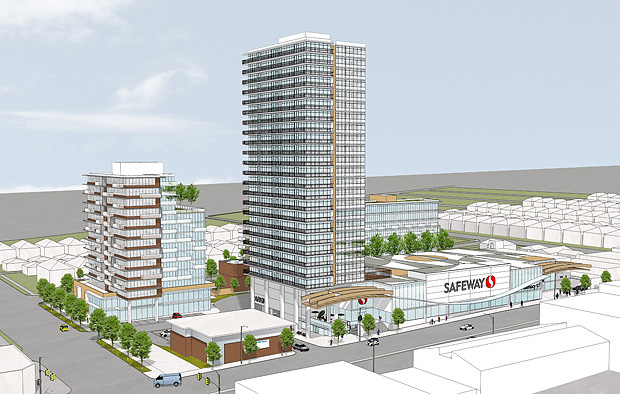Sunny Freeman
Other
The cost of owning a home in Canada continued to climb in the second quarter, but homeowners may soon experience some temporary relief as house prices and some mortgage rates subside, according to a report released Monday.
The RBC Economics Research report found home ownership costs continued to rise in the second quarter of 2010, eroding affordability in most markets.
“The recent decline in mortgage rates and increasing evidence that home prices have started to stabilize in many markets are anticipated to provide some respite from the deteriorating trend in affordability in the near term; however, this is expected to prove temporary,” RBC senior economist Robert Hogue wrote.
In the longer term, RBC said the trend of rising homeownership costs will return as the Bank of Canada continues hiking the key lending rate over the next year and a half, sending variable mortgage rates higher.
Variable mortgages rates go up and down with the rise and fall of commercial banks’ prime rate, which is closely aligned with the Bank of Canada’s policy. The central bank has raised its policy rate three times this year, and currently stands at 1.0 per cent, up from 0.25 per cent prior to June 1.
RBC compiles an “affordability” index that shows how much pre-tax income is required to pay for three major costs of home ownership: mortgage payments, property taxes and utilities.
The report issued Monday estimates that for the country as a whole, the cost of home ownership for a detached bungalow increased to 41.2 per cent of pre-tax income in the April-June period, up 2.3 percentage points from the first quarter.
However, RBC says there will be some short-term relief from rising household income, a trend toward falling long-term mortgage rates and the expectation that home prices should moderate slightly in the second half of 2010. **
But Laurie Campbell, executive director at Credit Canada says even if there is a brief period of relief before mortgage rates continue their upward trajectory, consumers should not rush to get into the market if it is not financially viable.
“People have become house poor trying to get into a market they may not be able to afford…. They are using other forms of credit to make ends meet and it could very well mean another bubble that could burst, considering that debt levels are at a record high,” Campbell said.
She noted that falling home prices mean owners must continue to make monthly mortgage payments based on the purchase price, even if the value of their investment falls.
Meanwhile, slumping sales will make it more difficult to unload a house that is no longer affordable, she added.
Home prices in the second quarter remained historically high but the number of transactions dropped as much as 25 per cent from the beginning of the year. Prices are beginning to moderate in line with declining demand in the market.
The six-month period starting last October was a period of exceptionally strong housing demand and rising prices in some markets, particularly in British Columbia and Ontario, were boosted by a number of factors, including higher interest rates, a new tax that was pending in those provinces and stricter mortgage qualifications, which took effect in the second quarter.
Consumers are also struggling with rising utility costs and property taxes, compounding the effect of higher mortgage costs.
Ontario residents will be hit with an additional $5 per month on their hydro bills by 2012 _ the latest in a series of incremental increases to taxpayers’ electricity rates.
And in New Brunswick, the province’s insurance advocate has warned home insurance costs are rapidly increasing and could become unaffordable for many people if nothing is done.
“You need so little down now to purchase a home. Does that mean that we could potentially see people selling their house for less than they owe?” Campbell asked.
However, Hogue said that despite some greater than usual stress on Canadian homeowners, and the likelihood that costs will rise again when interest rates inevitably peak higher, there is no immediate threat of a U.S.-style collapse.
The report found the costs of owning a home increased the most in Ontario and British Columbia, where consumers are most sensitive to mortgage rate changes because the high property values in those provinces amplify the impact of an increase in monthly mortgage changes.
Those provinces were also slapped with the new harmonized federal-provincial sales tax starting July 1 that now applies to real estate services and others associated with purchasing a home.
The report said home ownership costs in B.C. during the April to June quarter neared the all-time highs reached in 2008.
It found the price of an average two-storey home rose 10 per cent from the same quarter last year to $374,200, taking up about 48.9 per cent of income.
There were wide variations, however, depending on location.
In Toronto and Vancouver, home ownership took an even bigger bite of pretax income — 50.2 per cent and 74 per cent, respectively — while it was lower in Calgary at 39.2 per cent and Edmonton at 34.7 per cent.





